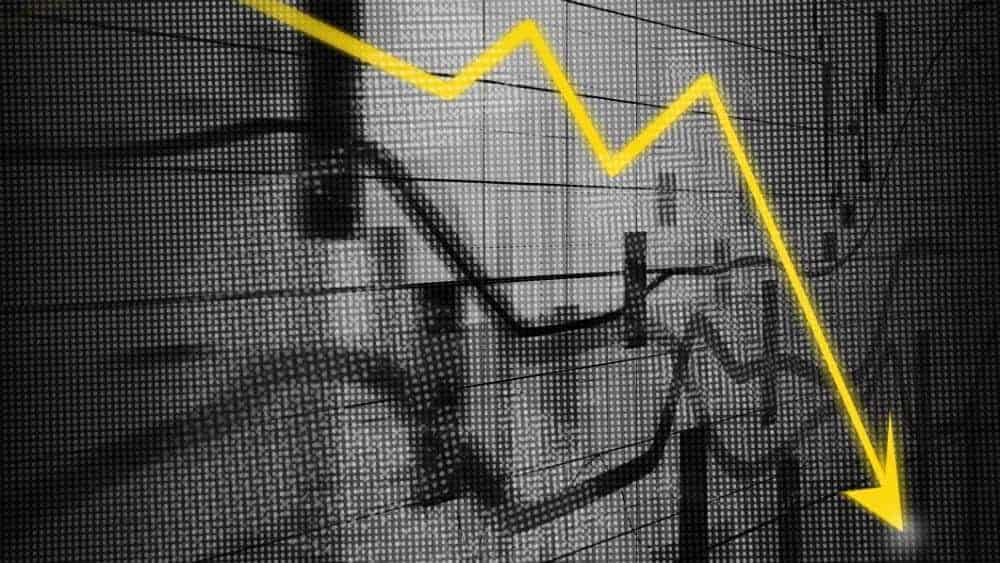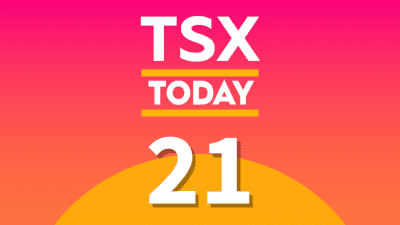Last week, the Turkish economy went through a crisis with its currency tanking by more than 35%. This affected worldwide markets and led to fears of a market crash spreading to other countries. It was a clear reminder that markets can correct at any time for any reason, and it’s best to be prepared.
Tip 1: Stay invested
The stock market could crash tomorrow. Or it can continue on this amazing bull run. Nobody really knows, and trying to time the market often leads to bad results. The best strategy is to be prepared for both of these outcomes.
One large reason why the average investor underperforms the market is, if they read enough scary headlines or there’s a dip in the market, they often respond by selling their investments and sitting in cash.
This is often unwise for the simple reason that markets go up more often than they go down. If the market is going up and you’re sitting in cash, this should be viewed as a loss.
Looking at the TSX returns for the past 20 years, the Canadian stock market posted gains in 14 years. Looking at the S&P500 returns, the U.S market posted gains in 16 of those years. Even if you think a market crash is coming, you can’t be sure, and it’s best to stay invested.
Tip 2: Lower your risk
If you are overly worried about a market crash and find yourself too reactive to news, it’s likely that some of your investments are too risky. Emotionally detach yourself from your portfolio and make the necessary changes.
Start by determining your core portfolio, which won’t change in either up or down markets. Your core holdings should follow the value approach to investing and hold proven, diversified companies.
Speculative stocks and industries such as cryptocurrency, marijuana, and mining must be handled with extreme caution and, for the most part, avoided, especially for inexperienced investors.
If you absolutely must invest in speculative stocks, start small to see if you can handle the volatility. If you find yourself constantly obsessing about these stocks, it’s a good sign you have too much invested in them.
Good options for your non-core portfolio that aren’t speculative can include defensive industries. An example of a defensive industry that has been gaining a lot of credibility is infrastructure. The S&P Global Infrastructure Index has outperformed the wider market in 13 of the 18 negative quarters recorded since 2001.
Brookfield Infrastructure Partners (TSX:BIP.UN)(NYSE:BIP) has performed especially well in the infrastructure space. With compounded annual returns of a very impressive 15% since inception, this company has shown great resilience, even throughout the major market crash in 2008.
Brookfield is a great choice for portfolios that need income, as the company targets a 5-9% annual distribution for shareholders. In 2015, 2016, and 2017, it distributed 10%, 10%, and 12% for those years, respectively.
The company is also known for its extensive global reach. With over 35 assets spread over five continents worth over $29 billion, you can rest assured that Brookfield isn’t relying on just one market for its returns.
Tip 3: Develop your market recovery strategy
After you are fully satisfied that your portfolio is prepared for a market crash, you have to come up with a strategy for what to do once that happens and to plan for the market recovery.
A common strategy is to rotate your non-core portfolio from defensive stocks to growth stocks. An example of growth stocks are tech stocks such as Facebook or Netflix.
It gets more complicated than this. Does the market have to drop 5%, 10%, or 20% for you to make this switch from market crash mode to recovery mode? Will you make the switch all at once? These are all things you must figure out before this cycle happens.
It requires a lot of time and discipline to follow an effective investment strategy. If you don’t think you’re prepared for this commitment, consider holding just a solid core portfolio, so you don’t have to worry about rotating these industries at a specific time.










